Technology
Slash Your Electric Bill by 90% with This Simple Trick
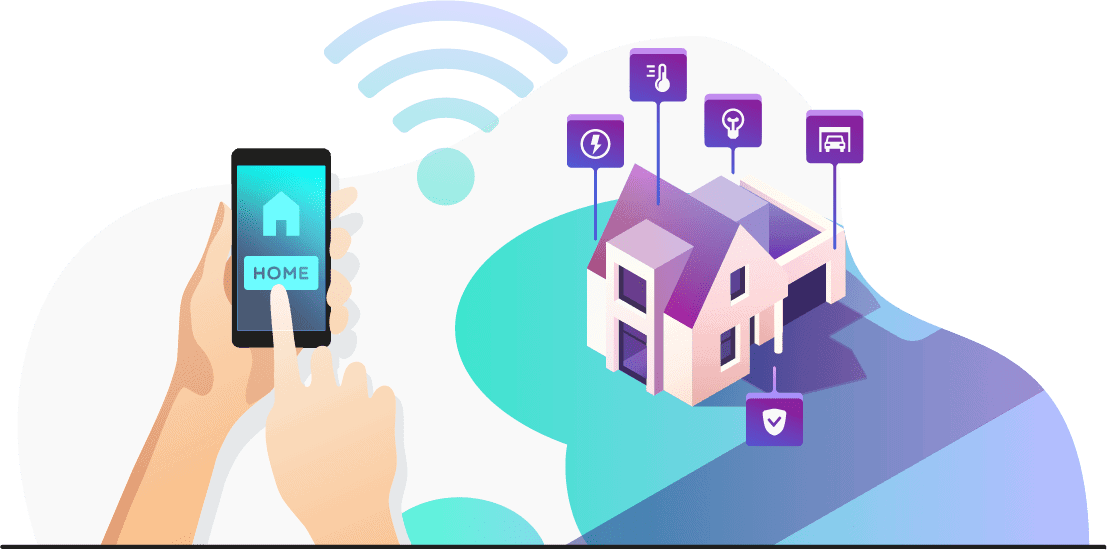
Introduction:
In today’s landscape of escalating energy costs and environmental concerns, finding effective ways to reduce electric bills is a top priority for many households. This comprehensive guide unveils a revolutionary method, a single trick capable of potentially slashing your electric bill by an impressive 90%. Let’s delve into the details of this energy-saving secret and learn how to implement it for maximum efficiency in your daily life.
Understanding the Current Energy Landscape:
Before exploring the trick, it’s crucial to comprehend the current energy landscape. With electricity costs on the rise and a growing emphasis on environmental sustainability, individuals seek sustainable and cost-effective solutions. The 1 simple trick we are about to unveil not only addresses these concerns but also offers a practical and accessible approach suitable for everyone.
The Power of Smart Home Automation:
The key to a substantial reduction in your electric bill lies in embracing smart home automation. This innovative technology allows you to control and optimize your home’s energy usage effortlessly. By integrating smart devices and systems, you gain the ability to monitor, manage, and adjust your energy consumption in real-time.
Smart Thermostats: A Game-Changer for Energy Efficiency:
One of the most impactful components of the 1 simple trick is the adoption of a smart thermostat. Traditional thermostats often lead to energy wastage, operating on fixed schedules and heating or cooling empty spaces. Smart thermostats, on the other hand, learn from your habits, adjusting temperature settings based on your preferences and presence. This not only enhances comfort but also significantly reduces energy consumption.
The Role of Energy-Efficient Appliances:
In conjunction with smart thermostats, upgrading to energy-efficient appliances amplifies the effectiveness of the trick. Modern appliances, designed with energy-saving features, consume significantly less electricity without compromising performance. We’ll explore the top-rated energy-efficient appliances that complement the smart home automation approach, providing you with a comprehensive strategy to cut your electric bill.
Harnessing Solar Power for Sustainable Savings:
To achieve the full potential of the 1 simple trick, consider incorporating solar power into your home. Solar panels capture the sun’s energy and convert it into electricity, offering a clean and renewable energy source. Advances in solar technology have made it more accessible and affordable for homeowners, contributing to long-term energy savings and environmental benefits.
The Financial Incentives of Energy Efficiency:
Beyond the immediate reduction in your electric bill, embracing energy efficiency and smart home automation often comes with financial incentives. Many utility companies offer rebates or discounts for customers who invest in energy-efficient technologies. Additionally, government programs and tax credits may further offset the initial costs of implementing the 1 simple trick, making it a financially savvy decision.
Practical Steps to Implement the Trick:
To implement this 1 simple trick effectively, we’ll guide you through the practical steps involved, from selecting the right smart thermostat to choosing energy-efficient appliances and exploring solar options. With easy-to-follow instructions, you can embark on the journey to cut your electric bill without compromising your lifestyle.
Conclusion:
In conclusion, the 1 simple trick to cut your electric bill by 90% is rooted in the power of smart home automation, energy-efficient appliances, and harnessing solar energy. By adopting these practices, you not only enjoy immediate savings but also contribute to a more sustainable and eco-friendly future. Explore the possibilities, empower your home with technology, and witness the transformative impact on your energy consumption and costs.
Technology
Powerful Strategies: Top 10 Tips to Drastically Reduce Your Home Electricity Bills
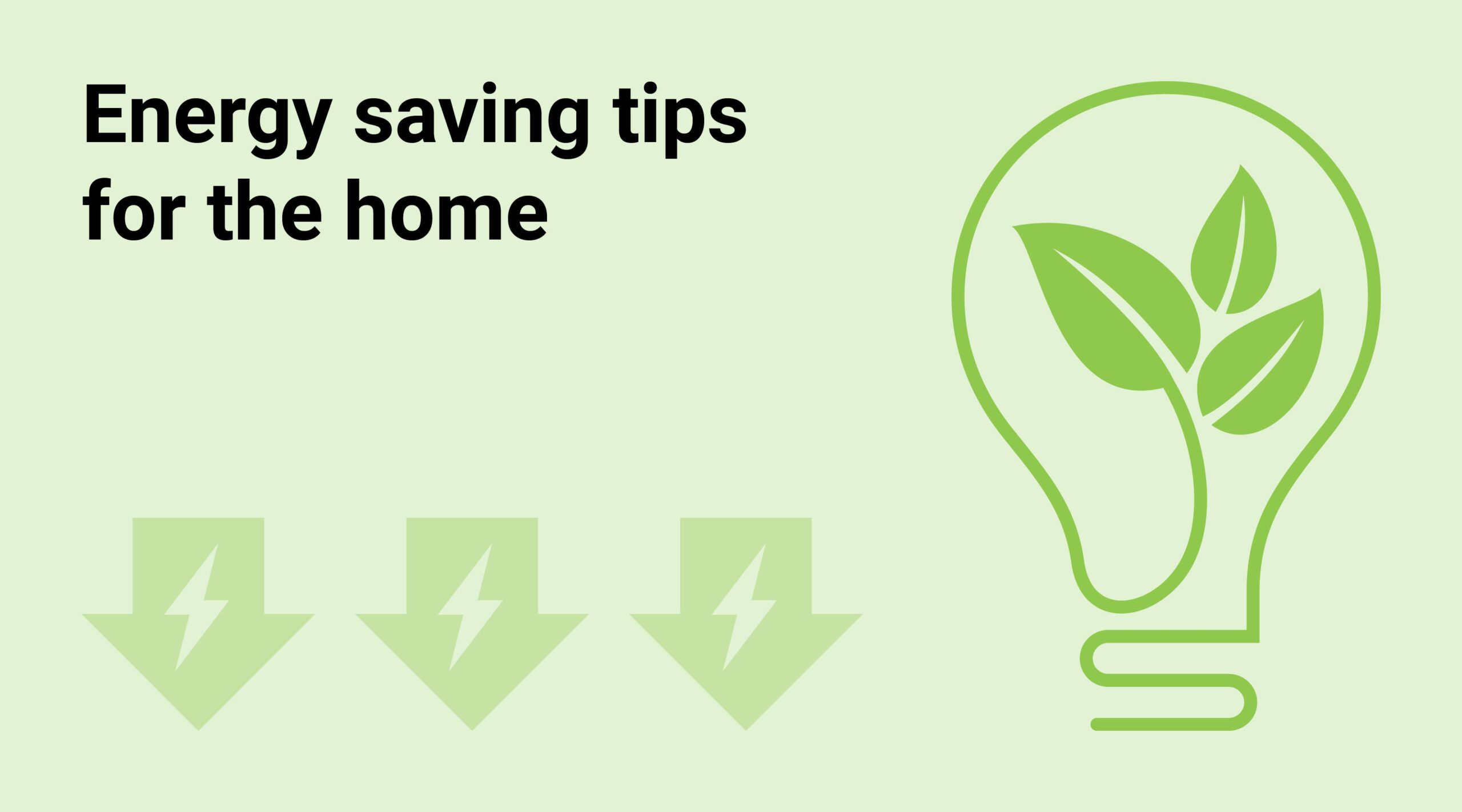
In today’s world, where the cost of living continues to rise, finding effective ways to reduce electricity bills has become a pressing concern for many households. This article presents a comprehensive guide with the top 10 strategies to not only cut down on energy costs but also promote a more sustainable and eco-friendly lifestyle. Let’s delve into these powerful tips that can lead to significant savings and contribute to a greener planet.
1. Conduct a Comprehensive Home Energy Audit:
The first step towards reducing electricity bills is to understand your home’s energy consumption. To begin with, perform a thorough energy audit, identifying areas of improvement such as energy-draining appliances, insulation issues, and potential drafts. Online tools and professional audits can provide valuable insights into your energy usage patterns.
2. Upgrade to Smart Thermostats:
Investing in a smart thermostat is a game-changer for energy efficiency. These devices learn your heating and cooling preferences, adjusting the temperature based on your habits. Consequently, this not only enhances comfort but also leads to substantial energy savings over time.
3. Embrace Energy-Efficient Appliances:
Replace outdated appliances with ENERGY STAR-rated models. These appliances are specifically designed to consume less energy while maintaining optimal functionality. From refrigerators to washing machines, upgrading to energy-efficient options significantly contributes to reducing electricity bills.
4. Unplug Devices When Not in Use:
Combat phantom energy consumption by regularly unplugging devices and chargers when they’re not actively in use. Even in standby mode, electronic devices continue to draw power, contributing to unnecessary energy expenditure.
5. Switch to LED Bulbs:
Make the transition to LED or CFL bulbs. These energy-efficient alternatives not only consume less energy but also have a longer lifespan, thereby reducing the frequency of replacements. Consequently, switching to LED lighting is a simple yet impactful step towards lowering your electricity bills.
6. Seal Leaks and Optimize Insulation:
Addressing drafts and optimizing insulation in your home is crucial for regulating indoor temperatures. Sealing leaks around windows and doors prevent heat loss or gain, thus reducing the strain on heating and cooling systems and leading to substantial energy savings.
7. Regular HVAC Maintenance:
Schedule regular maintenance for your Heating, Ventilation, and Air Conditioning (HVAC) system. Cleaning or replacing filters, addressing leaks promptly, and ensuring optimal efficiency can significantly contribute to reducing electricity bills.
Related Article: Slash Your Electric Bill by 90% with This Simple Trick
8. Invest in Solar Power:
Explore the possibility of installing solar panels on your property. While the initial investment may be substantial, solar panels harness the power of the sun, providing a clean and renewable energy source that can lead to long-term savings.
9. Leverage Wind Energy Options:
In regions with favorable wind conditions, consider harnessing wind energy through small-scale wind turbines or community wind projects. Wind power adds another dimension to your efforts to reduce electricity bills while embracing renewable energy.
10. Take Advantage of Financial Incentives:
Many utility companies offer rebates or discounts for customers who invest in energy-efficient technologies. Additionally, government programs and tax credits may further offset the initial costs of implementing these strategies, making it a financially savvy decision.
Conclusion:
Reducing electricity bills is not only about saving money but also about adopting a more sustainable and responsible lifestyle. By incorporating these top 10 strategies into your daily routine, you can make a significant impact on your energy consumption and costs. Start implementing these powerful tips today and embark on a journey towards a more energy-efficient and eco-friendly home.
Technology
What is a VPN | How VPNs Work

In the ever-evolving landscape of the digital age, online privacy and security have become paramount concerns for individuals and businesses alike. Virtual Private Networks, commonly known as VPNs, play a crucial role in safeguarding our online activities by creating a secure and private connection over the Internet. This article aims to provide a comprehensive understanding of VPNs, their functionalities, and a step-by-step guide on how to use them effectively.
1. What is a VPN?
A. Definition and Purpose:
A Virtual Private Network (VPN) is a technology that establishes a secure and encrypted connection over the internet, allowing users to access resources, browse the web, and communicate while maintaining privacy and security. The primary purpose of a VPN is to create a private network over a public one, ensuring that sensitive data remains confidential and protected from potential threats.
B. How VPNs Work:
VPNs operate by encrypting data traffic between the user’s device and the VPN server, preventing unauthorized access and interception. This encryption process utilizes various protocols, such as OpenVPN, L2TP/IPsec, and IKEv2/IPsec, each offering different levels of security and performance.
2. Why Use a VPN?
A. Privacy Protection:
One of the main reasons individuals and organizations use VPNs is to enhance privacy. By masking the user’s IP address, VPNs prevent third parties, including ISPs (Internet Service Providers) and hackers, from monitoring online activities. This is particularly important when using public Wi-Fi networks, where the risk of data interception is higher.
B. Security Enhancement:
VPNs add an extra layer of security by encrypting data, making it challenging for cybercriminals to decipher and exploit. This is crucial for safeguarding sensitive information, such as login credentials, financial transactions, and business communications.
C. Bypassing Geo-restrictions:
VPN services allow users to access content that may be restricted based on geographical location. By connecting to a server in a different region, users can bypass geo-restrictions and access websites, streaming services, or online content that might otherwise be unavailable.
3. How to Use a VPN
A. Choosing a VPN Service:
Before using a VPN, it’s essential to select a reliable and reputable VPN service provider. Factors to consider include the provider’s privacy policy, server locations, encryption protocols, and user reviews. Popular VPN services include ExpressVPN, NordVPN, and CyberGhost.
B. Installing and Configuring the VPN:
1. Download and Install the VPN Client:
After selecting a VPN provider, visit their website to download the appropriate client for your device and operating system. Most VPN services support various platforms, including Windows, macOS, iOS, and Android.
2. Create an Account:
To use the VPN service, you’ll need to create an account on the provider’s website. This account will often require a username, password, and sometimes payment information for premium services.
3. Configure VPN Settings:
Once the client is installed, launch the application and log in with your credentials. Configure the VPN settings based on your preferences, such as choosing a server location, selecting the desired encryption protocol, and enabling features like a kill switch for added security.
C. Connecting and Disconnecting:
1. Select a Server:
Choose a server location from the available options provided by the VPN service. The server location can impact your internet speed and the ability to access region-specific content.
2. Connect to the VPN:
Click the “Connect” button within the VPN client to establish a secure connection to the chosen server. Once connected, your IP address will be masked, and your internet traffic will be encrypted.
3. Disconnect from the VPN:
When you’re done using the VPN, simply click the “Disconnect” button within the VPN client to revert to your regular internet connection.
4. Tips for Using VPNs Effectively
A. Regularly Update the VPN Client:
To ensure optimal security and performance, keep the VPN client up to date by installing updates and patches released by the provider.
B. Choose the Right Server:
Selecting the appropriate server location is crucial for achieving the desired online experience. If privacy is your main concern, connect to a server in a privacy-friendly jurisdiction.
C. Understand Limitations:
While VPNs offer increased privacy and security, they may not make you completely anonymous online. Be aware of the limitations and use additional security measures as needed.
Conclusion:
In conclusion, Virtual Private Networks are powerful tools that empower individuals and organizations to secure their online activities, protect sensitive information, and bypass geo-restrictions. By understanding what VPNs are, why they are essential, and how to use them effectively, users can take control of their online privacy and enjoy a safer and more secure digital experience. As technology continues to advance, the role of VPNs in safeguarding our online world is likely to become even more crucial.
Technology
The magnetic focus ‘horn’ produces the first image of protons with neutrinos

For an assignment on how important and how little we witness about the world, consider protons. We know that these infinitesimal, admiringly charged patches are set up inside the nexus. Every snippet makes up the utmost of the ordinary matter in the macrocosm. Everyone realizes that a proton paired with an electron produces hydrogen. The first element on the periodic table, and the energy that makes stars shine. We know that protons themselves are made up of three lower patches called quarks, which we learned about in part by erecting gigantic multi-billion bone machines to smash protons together at nearly the speed of light. Protons are the work of cosmic creation and flyspeck drugs likewise. still, despite all this, we struggle to see how big it is.
The influence
Scientists are erecting DUNE and other ferocious neutrino trials at the underground Sanford Research Facility. The parcels of neutrinos can be directly measured with the help of these trials.
In developing the proposition of those relations, it’s necessary to distinguish between the consequences of the nuclear list and the scattering of neutrinos from protons or neutrons. The Minerva results will help develop bettered models of neutrino relations by relating this point of free protons.
Summary
The main dimension problem revealed in this new study is that the hydrogen in the Minerva sensor chemically combines in the plastic with the carbon titles in invariant proportions. Since a carbon snippet has six protons, the carbon background response is exponentially more violent.
Experimenters can distinguish between the two types of relations by using a unique system to determine the direction of the neutron ejected in the exchange, and the anti-muon neutrino in a proton generates an anti-muon and a neutron.
This allows the disquisition of the remaining backgrounds in the neutrino ray when commerce with hydrogen titles is insolvable. This structure dimension is interpreted as the axial vector form factor of a proton, which is a specialized name for the structure revealed by neutrino scattering so that it can be used as input for neutrino commerce prognostications.
This exploration was supported by the Department of Energy, Office of Science, Office of High Energy Physics, the University of Rochester Graduate Fellowships, and Graduate Research Fellowships at the National Science Foundation.
The Fermilab Accelerator Complex, which generates the NuMI neutrino ray used in Minerva and other trials, is a DOE Office of Science stoner installation.
Measurement of the proton’s radius
The platoon’s dimension of the proton’s compass was 0.73 femtometres. It’s indeed lower than the electric charge’s compass of 0.84 femtometres. In any case, it’s about,000 times lower than a hydrogen snippet.
To be clear, this apparent 13 percent loss is not a shock to measures of the compass of electric charge. It’s not as shocking as it might feel. The two measures are reciprocal. They work together to give a comprehensive view of the small proton. Because they measure different distributions of matter, the distinction doesn’t challenge. Our understanding of the proton is the same way that its former compression of 4 percent did. Rather, it adds to this understanding.
This is because the way neutrinos interact with up versus down quarks is veritably different from how quarks interact with electrons. rather than electromagnetic commerce, neutrinos interact through a different force called the weak force. ( But do not let its name wisecrack you the weak force is veritably strong at subatomic distances!)
Register
The proton is in fact, the compass of the” weak charge”. So to speak, the compass of the electronegative charge agree with each other within their query ranges. It isn’t particularly surprising that the diameters are analogous. Electron scattering trials measure where an electron touches a quark’s charge. Neutrino trials measure where an antineutrino changes a quark’s flavor. These two regions must be close to each other because both depend on the position of the quark pall. But maybe more shocking than the streamlined understanding of the proton’s structure are the counteraccusations of the new study. For how neutrinos can be used in the future.
-
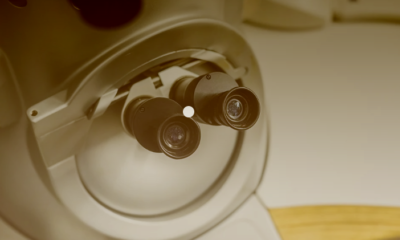
 Technology2 years ago
Technology2 years agoNew ghost image algorithm creates a higher resolution image
-

 anime2 years ago
anime2 years agoMillions of anime fans will love this new feature on Sony TV
-

 cars2 years ago
cars2 years ago5Aston Martin Valkyrie Review 2023
-

 Mobiles2 years ago
Mobiles2 years agoMillions of users can access the hidden Netflix update
-
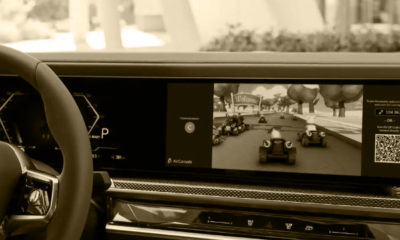
 News3 years ago
News3 years agoBMW will bring casual video games to its curved screen in 2023
-

 Health1 year ago
Health1 year agoChina’s Healthcare System: The Top 5 Hospitals for Quality Care
-
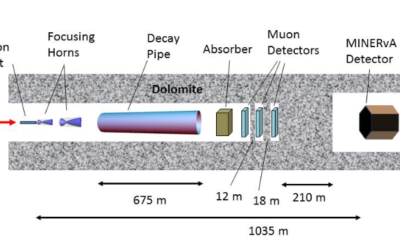
 Technology2 years ago
Technology2 years agoThe magnetic focus ‘horn’ produces the first image of protons with neutrinos
-

 Games2 years ago
Games2 years ago15 must have games for Android: discover the best mobile gaming experiences
